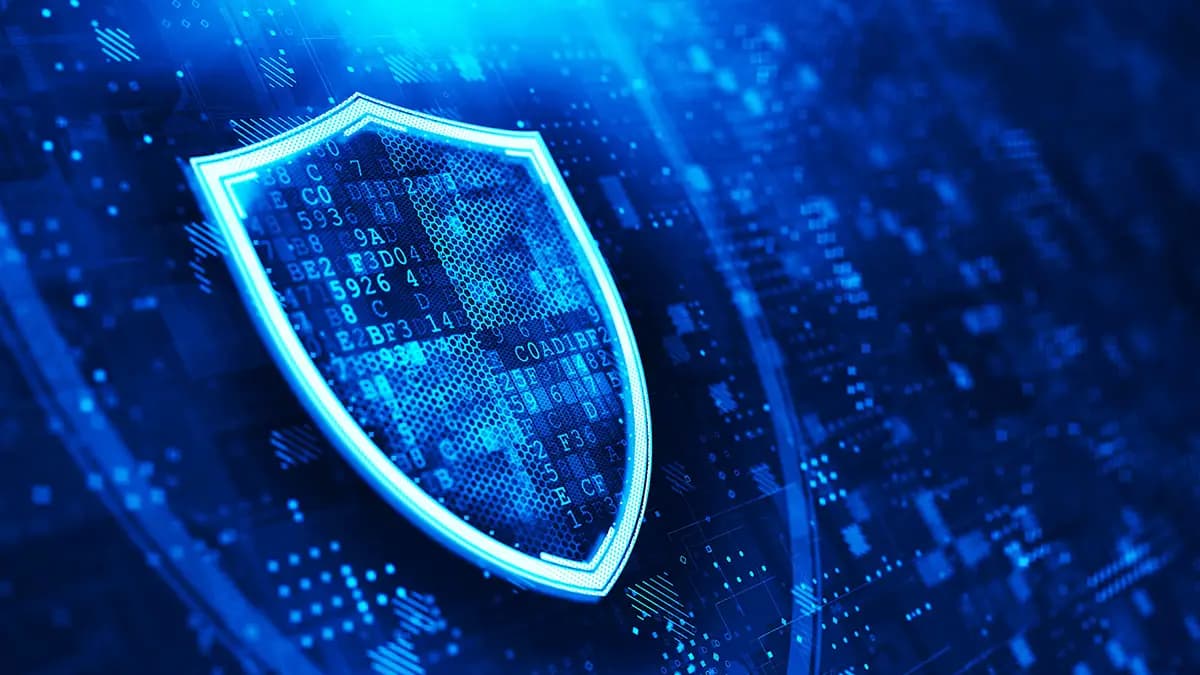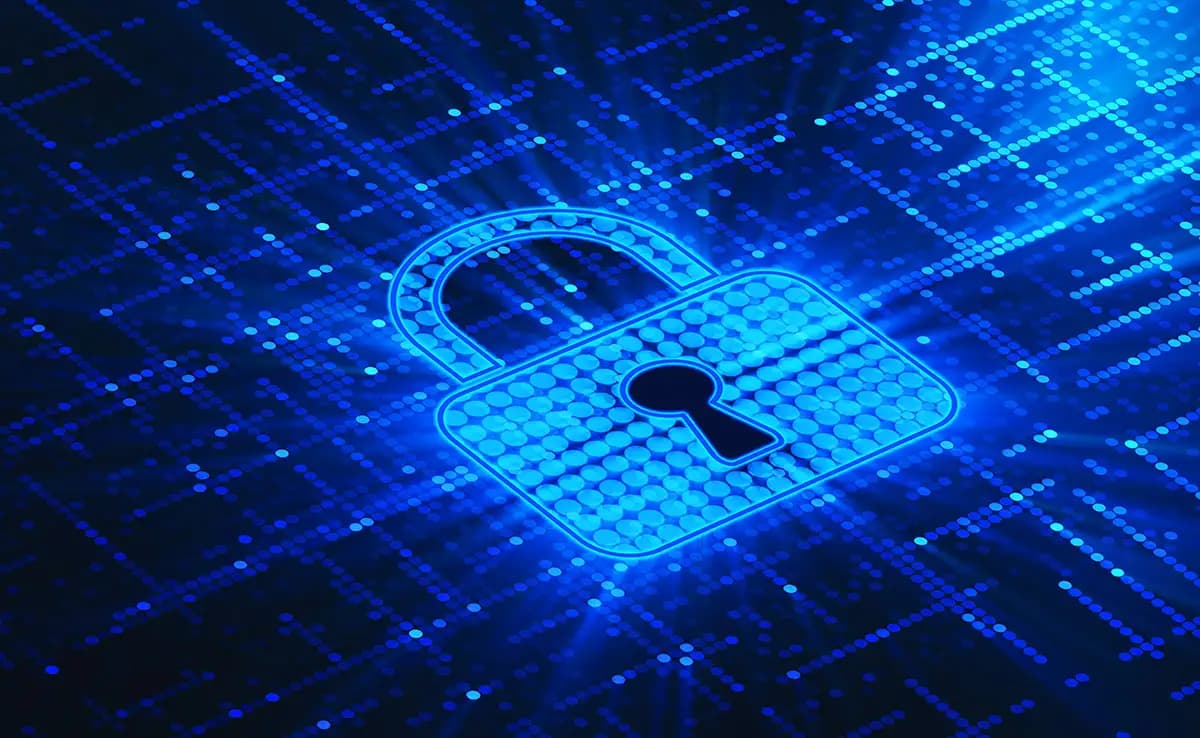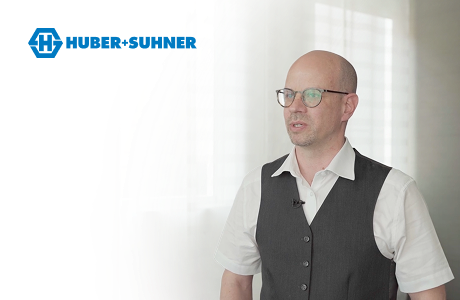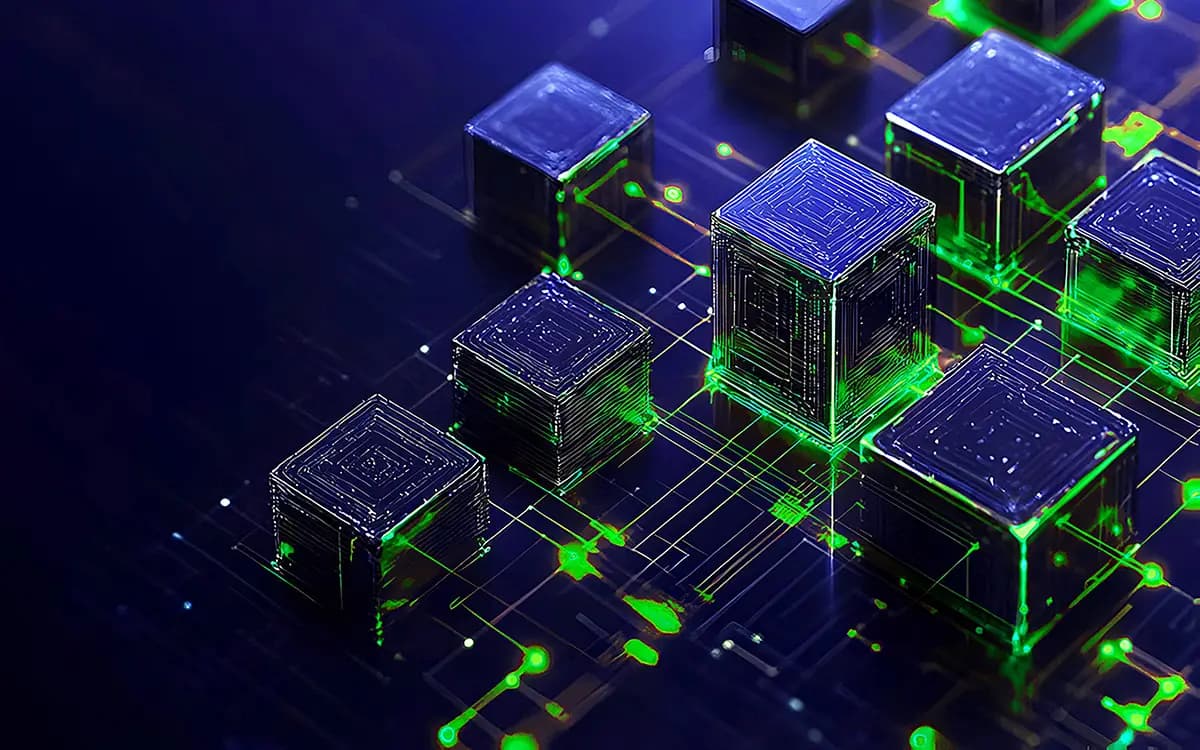X-Labs
Get insight, analysis & news straight to your inbox

Why Data Security Posture Management Is Becoming a Regulatory Expectation


Nick Savvides & Kieran Laffan
November 25, 2025

Top 5 Data Risks of Using Microsoft Copilot

Neeraj Nayak
November 20, 2025

Comparing DSPM vs DLP: Key Differences and Use Cases

Tim Herr
November 20, 2025

Top 10 DSPM Vendors Compared: Choosing the Best DSPM Vendor

Tim Herr
November 18, 2025

The Human Side of Cybersecurity: Q3 To The Point Podcast Recap

Lionel Menchaca
November 18, 2025

Invisible Prompts Turn AI Summaries into Attack Vectors

Prashant Kumar
November 17, 2025

Comprehensive Guide to Data Security Posture Management (DSPM)

Lionel Menchaca
November 15, 2025

How AI is Fueling a New Wave of Black Friday Scams

Lydia McElligott
November 14, 2025

5 Top Takeaways from the Gartner DSPM Market Guide

Tim Herr
November 12, 2025

Best Data Security Software for Businesses in 2025

Lionel Menchaca
November 11, 2025

DSPM vs CSPM vs SSPM Comparison: Picking the Right One

Tim Herr
November 11, 2025












